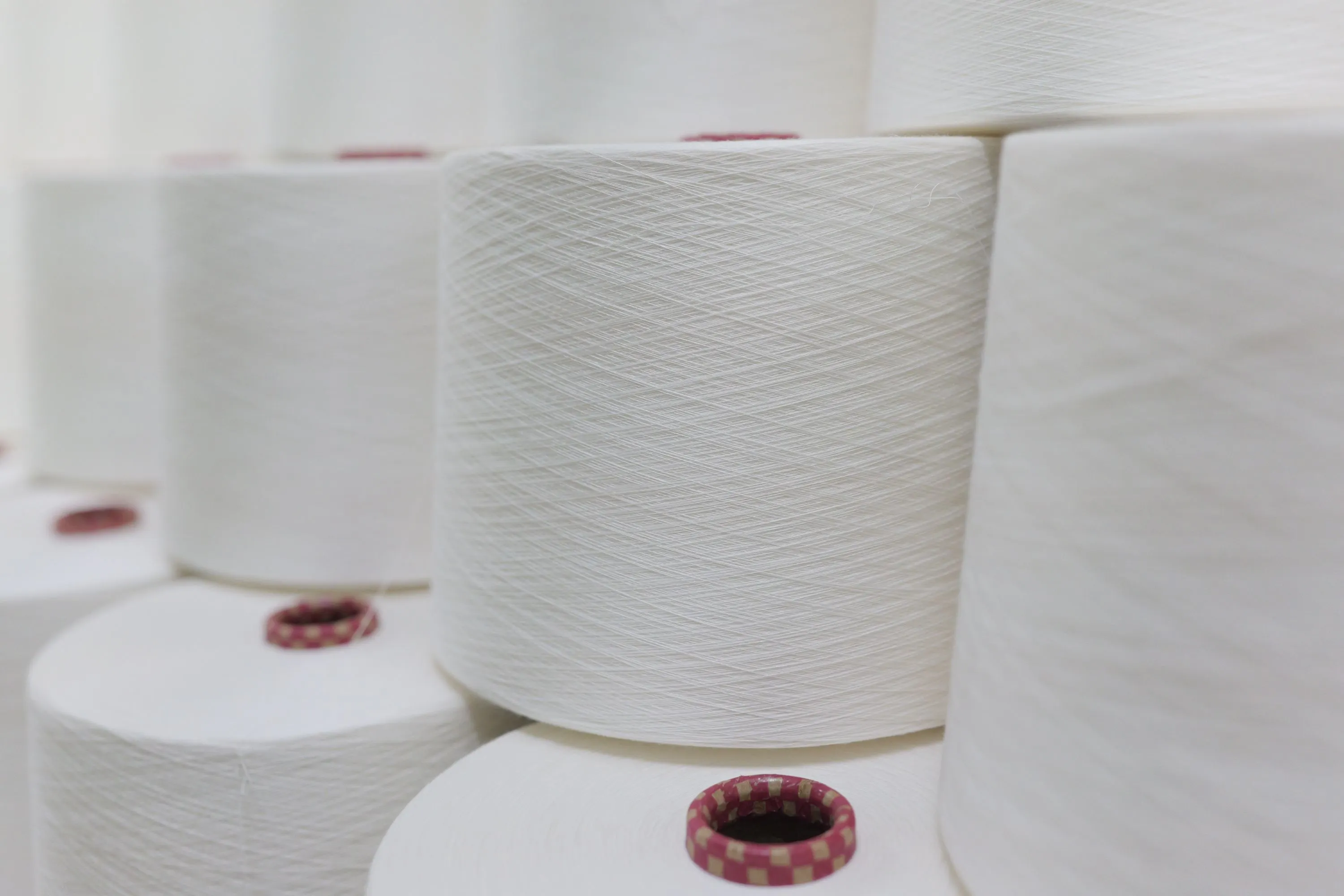What is Viscose Yarn?
Viscose yarn is made from regenerated cellulose fibers, typically derived from wood pulp—most commonly from beech, pine, or bamboo trees. Although it originates from natural sources, the cellulose is processed using chemical treatments, making viscose a semi-synthetic fiber.
The term "viscose" comes from the viscous organic liquid used during the fiber-making process. This liquid is spun into yarn to produce textiles that closely resemble silk in texture and sheen.
Manufacturing Process
The production of viscose yarn involves several stages:
- Cellulose Extraction: Wood pulp is extracted from trees.
- Alkali Treatment: The pulp is treated with sodium hydroxide to form alkali cellulose.
- Aging and Xanthation: The alkali cellulose is aged, then treated with carbon disulfide to produce cellulose xanthate.
- Dissolving and Filtering: The cellulose xanthate is dissolved in a dilute sodium hydroxide solution, forming a viscous solution.
- Spinning: The solution is spun through spinnerets into an acid bath, which regenerates the cellulose into fine filaments.
- Drawing and Washing: The fibers are stretched, washed, and cut into desired lengths to create yarn.
Properties of Viscose Yarn
- Soft and Smooth: Feels similar to cotton and silk.
- Highly Absorbent: Great for moisture-wicking applications.
- Breathable: Ideal for warm weather clothing.
- Color Retentive: Easily dyed and maintains vibrant colors.
- Drapes Well: Offers an elegant fall, making it suitable for dresses and flowing garments.
- Affordable: Less expensive than natural silk or wool.
However, it is less durable when wet and may shrink if not handled properly.
Common Uses of Viscose Yarn
Due to its versatility, viscose yarn is widely used across the fashion and home textile industries:
- Clothing: Dresses, blouses, linings, t-shirts
- Home textiles: Curtains, upholstery, bed linens
- Industrial: Sewing threads, embroidery, and non-woven fabrics
Sustainability and Environmental Concerns
While viscose is derived from renewable wood sources, the traditional production process raises several environmental concerns:
- Chemical Use: The use of carbon disulfide and other toxic chemicals can harm workers and pollute ecosystems if not managed properly.
- Deforestation: Unsustainable sourcing of wood pulp can lead to deforestation and habitat loss.
- Water Pollution: Wastewater from viscose production can contaminate nearby water sources.
To combat these issues, eco-friendly alternatives such as modal, lyocell, and EcoVero™ have been developed. These use closed-loop production systems that recycle water and solvents, reducing the environmental impact significantly.
Conclusion
Viscose yarn offers a luxurious feel at an accessible price, making it a staple in the textile world. While it boasts many advantages in terms of comfort and aesthetics, its traditional manufacturing process poses sustainability challenges. As consumers become more environmentally conscious, the shift toward responsibly sourced and processed viscose will play a critical role in the future of textile production.

